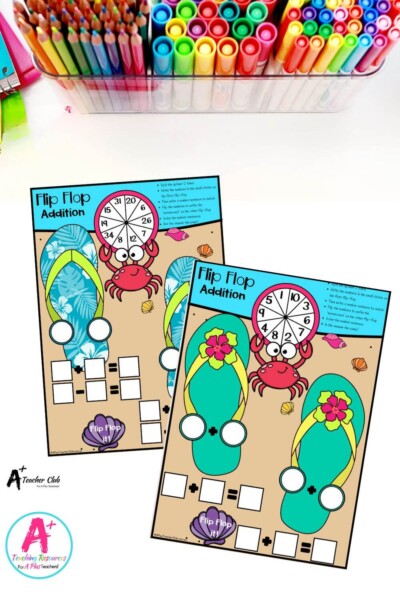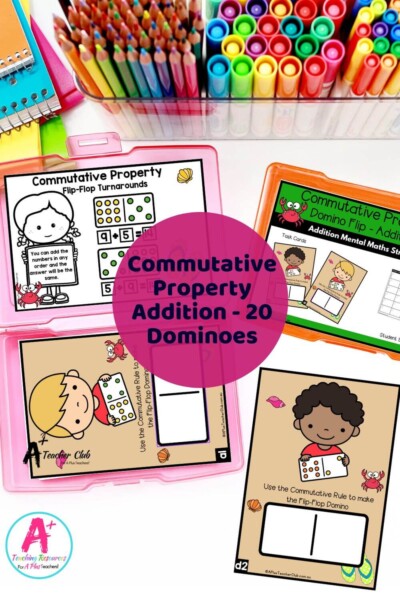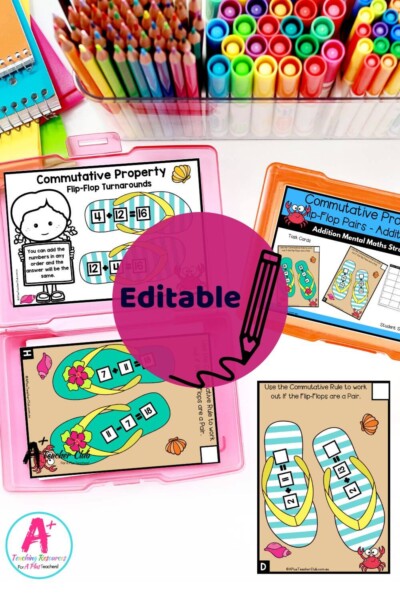Commutative Property
Mental Maths
Hey there, fellow educators! Today, let’s delve into another Mental Math Skill The Commutative Property. This fundamental addition strategy is a cornerstone of mental math education, and understanding it lays the groundwork for strong number sense and computational fluency. So, grab your teaching hats, and let’s explore!
In the Year 1 and Year 2 classrooms of primary schools, we’re always on the lookout for ways to make maths more accessible and enjoyable for our students. And that’s where teaching your students the properties of addition comes into play. The Commutative Property is not just a rule or strategy; it’s the key to unlocking the mysteries of maths for our students and helping them to become confident fearless problem solvers!
Teaching the Commutative Property
The word “commutative” might sound fancy, but it’s actually pretty straightforward. It comes from “commute,” which means to move or travel around.
So, the Commutative Property of Addition tells us that the order in which we add numbers doesn’t change the result. So, the sum stays the same no matter how we rearrange the numbers! For example, 2 + 3 is the same as 3 + 2, and both equal 5.
You might find it helpful to introduce this strategy as a part-part-whole relationship to your students by explaining that: “In addition, we combine 2 or more parts to form a whole. Changing the order of these parts doesn’t alter the whole(total)”.
What’s clever about this rule is that it applies to all types of numbers, including whole numbers, integers, decimals, or even fractions. It’s a handy little trick that makes math a bit easier for our students to grasp.
While it’s important to introduce proper math terminology to our students, you’ll find that this addition rule goes by other names too. It’s also known as a “flip-flop” or “turn-around” facts because it’s like the numbers are switching places.
Using these fun terms helps make math more engaging and relatable for them. So, whether we’re talking about the Commutative Property, flip-flop facts, or turn-around facts, it’s all about showing students that math can be fun and accessible!
Challenges Faced by Students
Understanding the commutative property is fundamental in math education, but students may face challenges along the way.
One common difficulty is grasping the concept itself; some students struggle to understand that changing the order of numbers doesn’t change the sum.
Additionally, applying the commutative property correctly in problem-solving situations can be challenging for some students. They may require practice and reinforcement to recognise when and how to use it effectively.
When teaching the Commutative Property bring context into the discussion as much as possible. Talk about situations such as:
“3 cats and 5 dogs is not the same as 5 cats and 3 dogs, even though there are 8 pets altogether.”
“2 oranges and 8 bananas is not the same as 8 oranges and 2 bananas, even though there are 10 pieces of fruit altogether.”
Moreover, it’s essential to clarify to students that the commutative property only applies to addition and multiplication, not subtraction and division. Unlike addition and multiplication, changing the order of numbers in a subtraction or division problem typically results in a different outcome, so students need to understand this distinction clearly.
Commutative Property Teaching Ideas
By incorporating math manipulatives into your teaching, you can help your students develop a deeper understanding of addition and the commutative property.
These hands-on experiences allow students to see math concepts in action and make connections between abstract ideas and concrete representations. Here are some examples of ways to use math manipulatives to teach the commutative property:
- Counters or Cubes: Provide students with physical objects like counters or linking cubes. Have them use two colours and arrange the objects in different order to represent addition problems. For example, if adding 3 + 5, they can arrange three counters in yellow and then add five more in red, or vice versa. This helps them visualise that the sum remains the same regardless of the order.
- Number Lines: Use a number line to demonstrate addition problems and the commutative property. Have students physically move along the number line to add numbers in different orders. This reinforces the idea that changing the order of the addends doesn’t change the sum.
- Ten Frames: Ten frames are another useful tool for teaching the commutative property. Have students fill in ten frames, using 2 colours, to represent addition problems, and then rearrange the counters to show different orders. This allows them to see that the total remains constant.
- Visual Models: Draw diagrams or use visual representations to illustrate addition problems. For example, draw circles or groups of objects to represent the addends, and then rearrange them to show different orders. This helps students visualise the commutative property in action.
We’ve integrated these suggestions into our collection of commutative math activities and teaching materials. Utilise them in your math lessons and centres to teach your students to use the commutative property of addition to help them simplify mental calculations.
Resources listed in this collection
Click to jump to...-
Commutative Property - Addition Flip Flop Spinner Games
-
Commutative Property - Addition Task Cards Domino Flip-Flops
-
Commutative Property - Addition Task Card Flip Flops True or False - Editable
-
Commutative Property - Addition Task Card Flip Flops True or False
-
Commutative Property - Addition To 20 Task Card Flip Flops
Commutative Property - Addition
Explore tags
More Mental Maths Activities

Place Value - Partitioning Numbers

Rainbow Facts to 20 - Addition Mental Maths Strategy

Digi Mental Maths Strategies Games
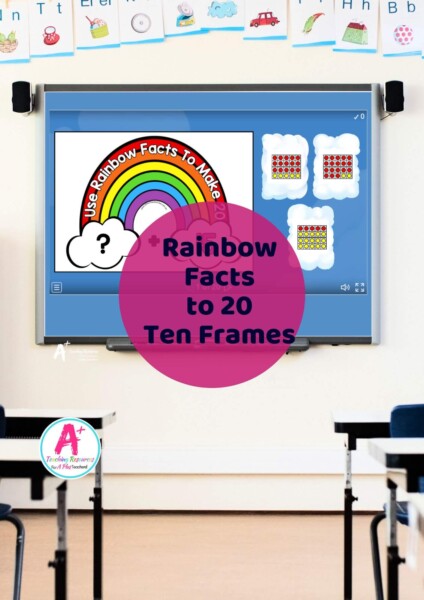
Addition Rainbow Facts -20 (ten frames)
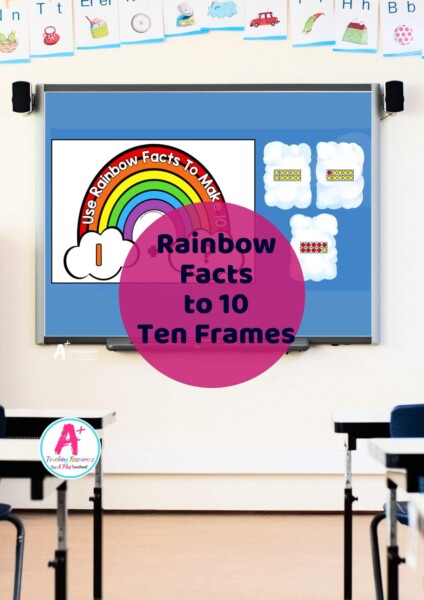
Addition Rainbow Facts -10 (ten frames)
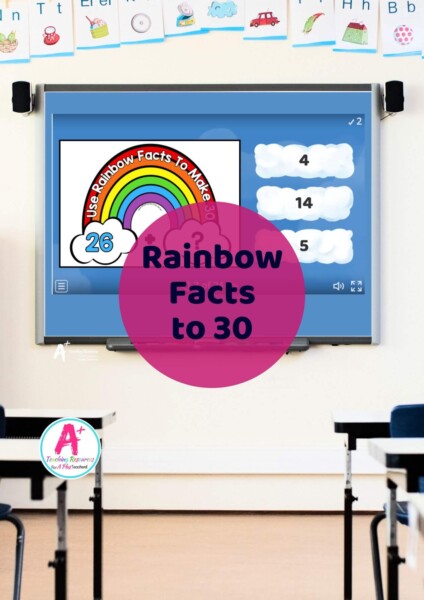
Addition Rainbow Facts - 30 (missing Numbers)
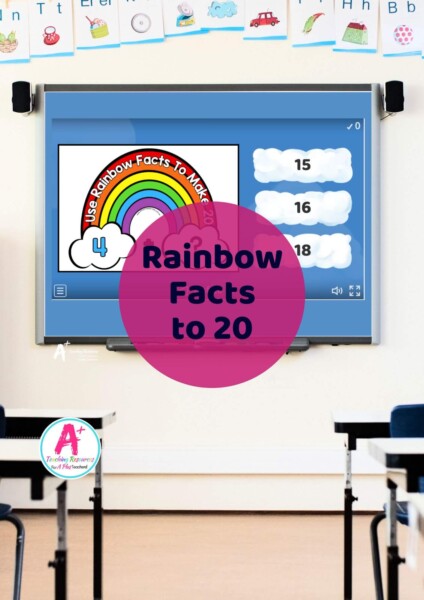
Addition Rainbow Facts -20 (missing numbers)
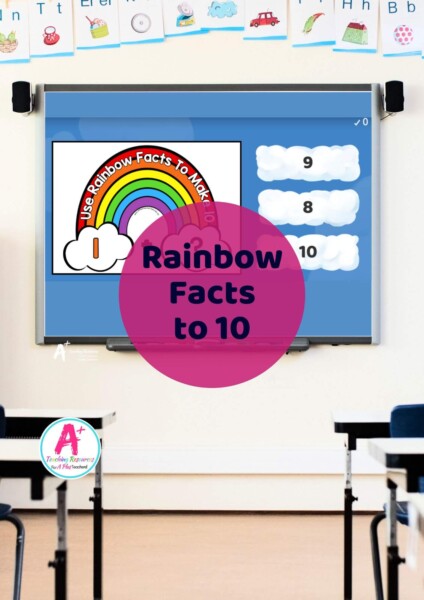
Addition Rainbow Facts -10 (missing numbers)
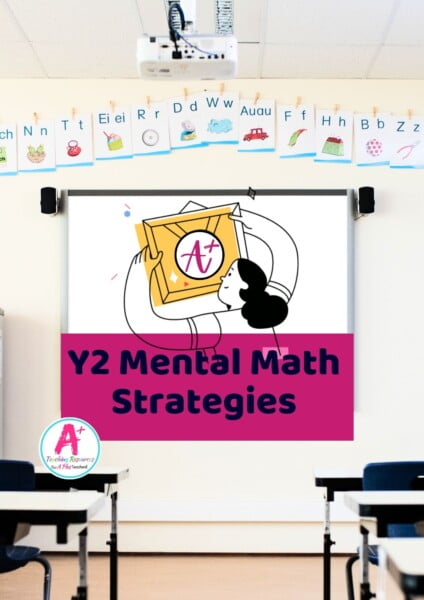
Explore Our Mental Maths Strategies Collection
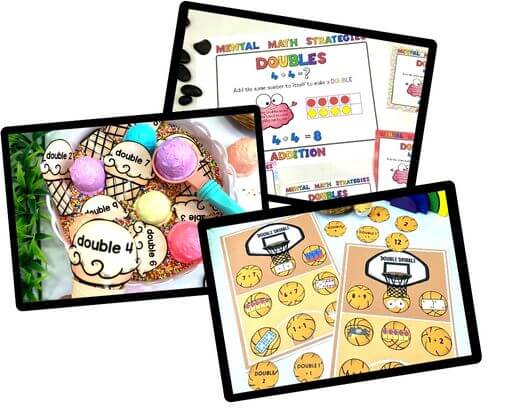
Doubles & Near Doubles Mental Maths Strategy
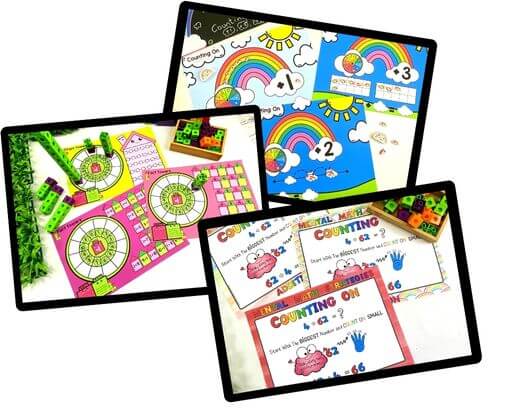
Counting On Mental Maths Strategy
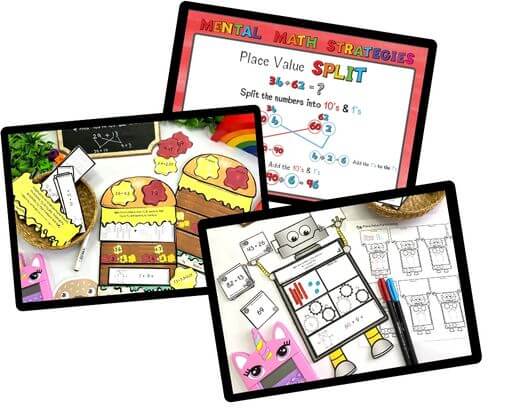
Partitioning / Split Mental Maths Strategy
Can't find what you're looking for?
Send us a request! Use this form to request a resource. Please give details of the learning area, topic, year level, curriculum links. We’ll be happy to take a look to see if we can fit it in. Unfortunately a request does not guarantee we will be able to make it!
"*" indicates required fields

